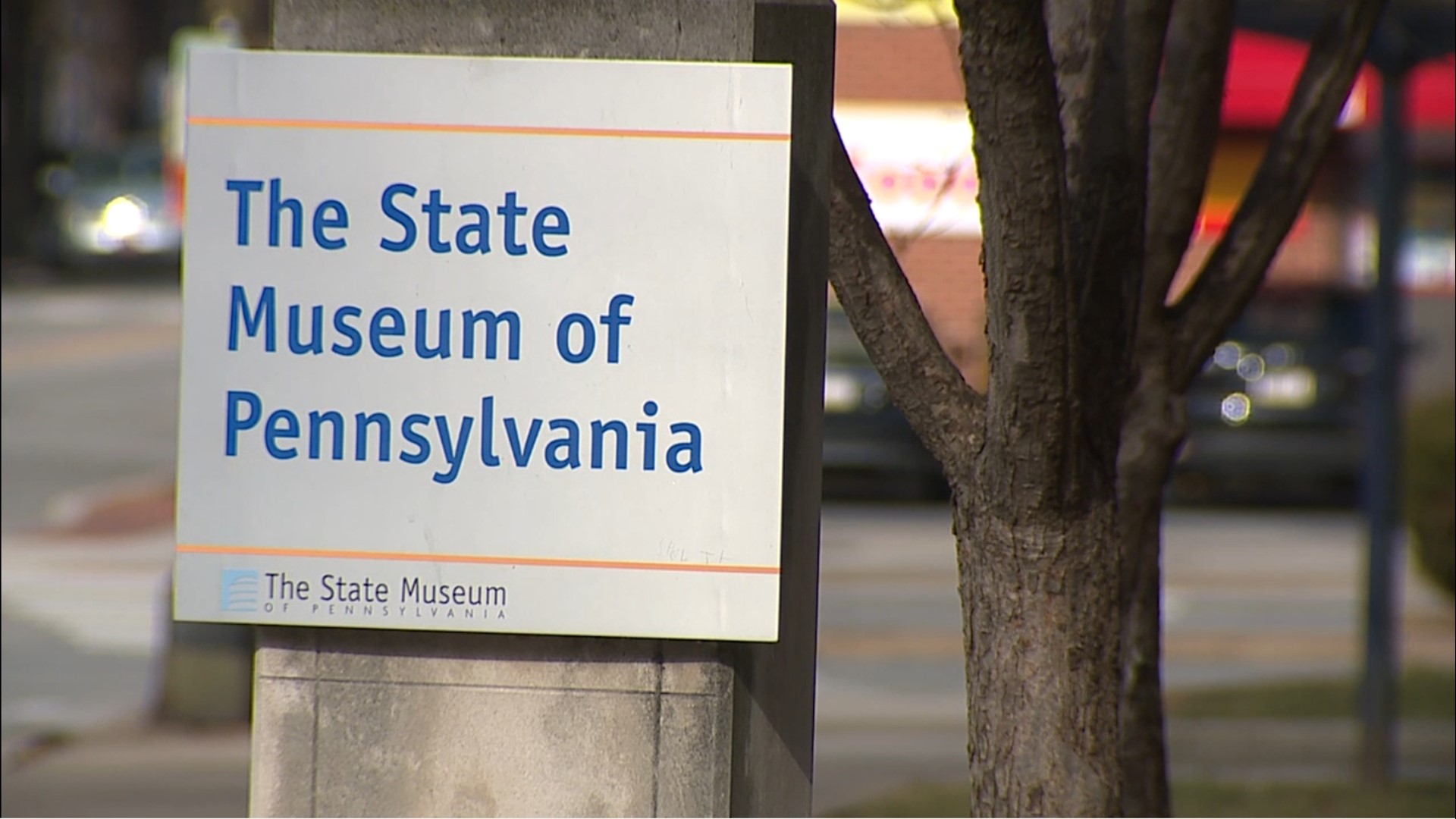HARRISBURG, Pa. — The State Museum of Pennsylvania has the 24th largest collection of unpatriated remains in the country, according to a ProPublica investigation.
The remains of 908 Native Americans are housed in the museum.
The collection is largely a result of excavations in the late 19th and early 20th centuries amid a boom in the anthropology and archaeology fields.
"Sacred gravesites were robbed and dug up by the early anthropologists and these were taken to museums as artifacts and specimens,” said Stephanie Sellers, professor of Native American studies at Gettysburg College and a senior advisor for the college’s Land Acknowledgement Committee.
In 1990 a federal law called the National American Graves Protection and Repatriation Act (NAGPRA) declared that remains "must at all times be treated with dignity and respect." The law directed museums and other collections in possession of certain Native American human remains, funerary objects, sacred objects and objects of cultural patrimony to repatriate remains to their original tribes.
The State Museum of Pennsylvania identified 169 remains as belonging to one of eight federally recognized tribes.
According to the museum, the other 739 are “not culturally affiliated, meaning that there is no tribe that can claim them at present. In many instances, these remains are from the Susquehannock and Monongahela peoples–tribes that are no longer in existence and have not been recognized by the U.S. Department of the Interior as affiliated with an existing federally-recognized tribe.”
Because these people didn’t belong to one of 574 federally recognized tribes, it’s unclear where they could go.
But scholars of Native American studies said native communities did not view tribe, origin and race as rigidly as Westerners do. For example, the Susquehannock and Monongahela were both ethnically Iroquoian, but were not part of the Iroquoi Confederacy of tribes and in fact sometimes fought against them.
Many Pennsylvania tribes were among the first to be displaced by Westerners, so they sometimes merged as they relocated.
“It’s complicated because there are layers of history there,” said Thomas White, Duquesne University archivist and curator of special collections. “Some of [the Susquehannocks] were absorbed into the Iroquois, some fled and were absorbed into the Shawnee in Western Pennsylvania, what became the Ohio Indians.”
In addition, some of the remains were disinterred from burial mounds built by tribes that had disappeared before Western contact.
Some scholars said precisely because of the complications surrounding the origin tribe, repatriation should be considered for federally recognized tribes that were culturally, geographically or ethnically close to the tribe of the person.
That option starts with a dialogue between museums and tribal leaders, Sellers said.
“The goal is healing,” she said. “Healing for indigenous people, but also for their agency, that they have say over their peoples, their ancestors, objects and human beings that were stolen from them.”
The State Museum has worked with the Delaware tribe, based in Oklahoma, to repatriate some Delaware Nation remains to Armstrong County, Ohio.
The Delaware Nation tries to rebury remains within 60 miles of where they were disinterred, according to Larry Heady, who works on historic preservation for the tribe. For that reason, they are still talking with the museum to locate a place to bury other Delaware Nation remains that came from eastern Pennsylvania.
State Museum spokesperson Howard Pollman said the museum is awaiting NAGPRA updates expected to be released soon by the Department of the Interior. He wrote in a statement,
“With our growing relationships with federally recognized tribes, I am hopeful that we can return these remains to their descendants in a more expeditious manner.”

